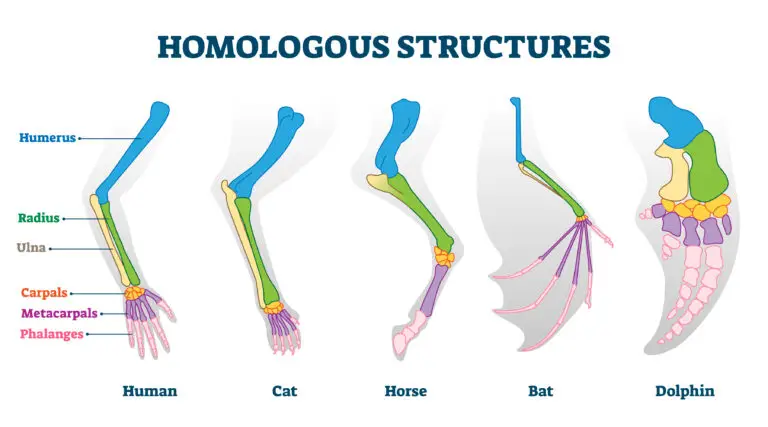Homologous

Table of Contents
Homologous Definition
Homologous refers to structures, genes, or traits with a common evolutionary origin or ancestry. Homologous features are similar in their basic structure or genetic makeup because they are derived from a common ancestor. These similarities indicate a common evolutionary history, even if the functions or appearances of the structures may have diverged over time.
Homologous Characteristics Overview
Common Ancestry
Homologous structures, genes, or traits are evidence of a shared ancestry. They suggest that the features in different species have evolved from a common ancestral structure or genetic sequence.
Structural Similarities
Homologous structures may have similar basic anatomical or molecular structures, although their functions may differ. For example, the forelimbs of vertebrates (such as humans, bats, and whales) have a common skeletal structure, indicating homology.
Genetic Homology
Homologous genes are similar in nucleotide sequence genes and derived from a common ancestral gene. These genes may have undergone modifications over time, but their origin can be traced back to a shared ancestor.
Analogous vs. Homologous
Homologous structures should be distinguished from analogous ones with similar functions but different evolutionary origins. Analogous structures arise due to convergent evolution, where different species independently evolve similar traits in response to similar environmental challenges.
Examples of Homologous Structures
Examples of homologous structures include the forelimbs of vertebrates, the pentadactyl limb (five-fingered limb) shared by mammals, the wings of bats and birds, and the bones in the fins of whales.
Related Links
Allele
Ligase
Metaphase
Recombination